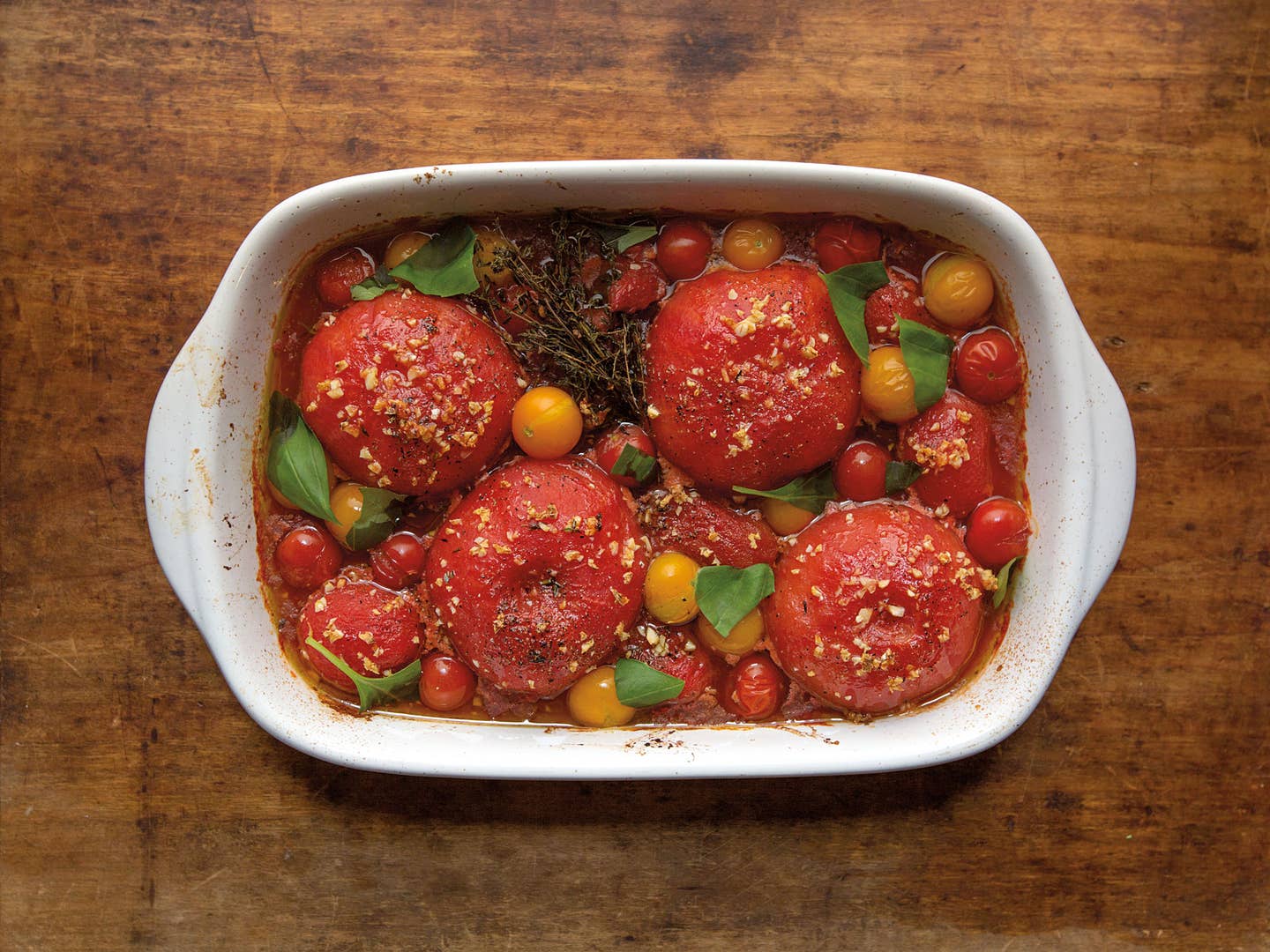
How to Fight Back Against Food Waste
The new “people are starving overseas” is “back in my day, we had [insert thing that no longer exists because we ruined the planet]”
I always rolled my eyes when being told by my parents told to “finish your food” because “there are kids starving in [insert third-world country here].” The saying is humorous, because even as a child, it was impossible to see how wasting a bit of food on my plate would have anything to do with whether or not my counterpart in [insert third-world country here] would have anything on theirs.
But perhaps mom and dad would have been better off giving me the hard figures early on. They're numbers that would be shocking to any conscientious adult, likely even more so to a child. The United Nations estimates that the world wastes one-third, some 1.3 billion tons, of all food produced for human consumption. In America, it's even bleaker: the National Resource Defense Council reports that we're sitting pretty at forty percent while one in eight Americans struggles to put food on the table.
And despite mounting evidence that some combination of climate change, overfishing, and the growing world population will eventually put a serious dent in our food (and coffee!) supply, we're moving remarkably slow in the search for a solution. And regardless of whether or not you believe in any of the above threats, let's all agree that reducing food waste, and as direct result, hunger, is common sense, ethically-sound—and if numbers are your primary motivator, good business. After researchers for the World Resource Institute evaluated cost-benefit data for 1,200 businesses across 700 companies in 16 countries, they found that for every $1 invested in things like training staff to waste less, $14 or more were saved.
Luckily, from the public sector to private companies and individuals, progress is already underway. Take new technology, like Apeel, a startup aims to extend the lifespan of produce using safe, organic material, or Switzerland's new "fruit spies", a line of electronic sensors that can be embedded in a shipment of produce to test for causes of spoilage. High-profile food personalities like Massimo Bottura are leading by example—the chef has announced plans to bring his no-waste community soup-kitchen concept stateside after a successful few years in Europe—while grocery stores are shifting their stance to promote the "ugly" (read: blemished) fruits and vegetables that contribute to the vast majority of what we waste. Even the USDA has attempted to help with a recommendation that clarifies labels for "best by" and "expired" to ensure food is used for as long as it's safe.
So what can we do in our own kitchens? What can we tell our kids to show them it's not about a few bites left on a plate, but about a worldwide mandate to reduce waste, become more sustainable, and feed the hungry? Let's start at the grocery store, where we encourage kids to shop seasonally and locally and give the ugly produce a chance, and at home, teaching them recipes that use all the parts of a fruit or vegetable, whether that's carrot top pesto or a bread pudding that uses up browned bananas. Tell them it's ok to enjoy the wonders and pleasures of red meat, but to be aware of what it takes to get it to the table. Because if there's any adage more annoying than "don't leave food on your plate," it's "well, back in my day, we had [insert thing that no longer exists because we ruined the planet]."
Keep Reading
Continue to Next Story










